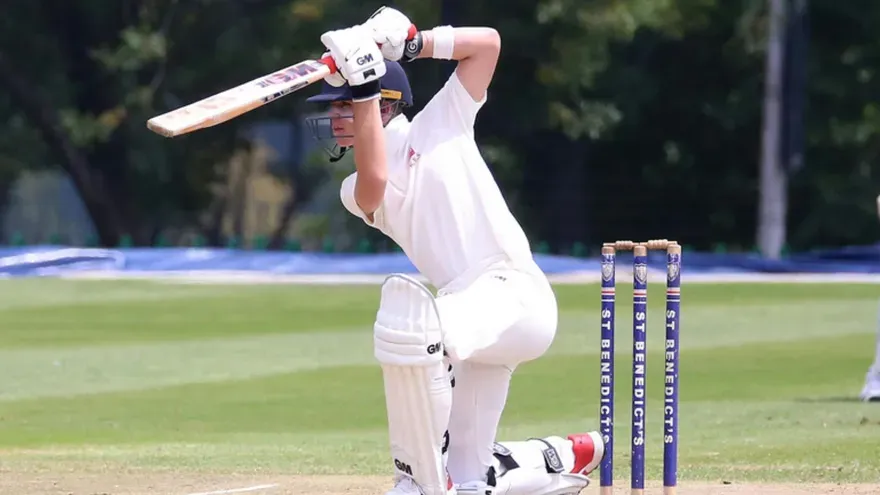Duckworth Lewis Rule is one of the most important factors that can decide the course of a match in case of rain causing delay in a cricket match. It was formulated by English mathematicians Frank Duckworth and Tony Lewis. The Duckworth Lewis was first introduced into the match between Zimbabwe and English in the year 1999. In that match Zimbabwe won the match for 7 runs under the D/L rule.
HISTORY
This rule was formulated as an outcome of the Semi-final match England and South Africa in the 1992 world cup. In that match the most productive method was used to find the winner as the match was stopped by heavy rain. The match was stopped for 12 minutes when South Africa needed 22 runs from 13 balls. The revised target after the rain with most productive method gave South Africa an impossible target of 22 runs from 1 ball. This incident led to the elimination of South Africa from the world cup and there was criticism from all parts of world. As a solution for this issue caused by most productive method, D/L method was formulated.
How to calculate?
The essence of the D/L method is resources that are available. Each team is taken to have two resources to use to score as many runs as possible: the number of overs and balls they have to receive; and the number of wickets. At any point in any match innings, a team's ability to score more runs depends on the combination of these two resources they have left. Looking at historical scores, there is a very close correspondence between the availability of these resources and a team's final score, a correspondence which D/L exploits.
The D/L method converts all possible combinations of overs and wickets left into a combined resources remaining percentage figure, and these are all stored in a published table or computer. The target score for the team batting second ('Team 2') can be adjusted up or down from the total the team batting first ('Team 1') achieved using these resource percentages, to reflect the loss of resources to one or both teams when a match is shortened one or more times.
In the version of D/L most commonly in use in international and first class matches (the 'Professional Edition'), the target for Team 2 is adjusted simply with the proportionality to the two teams' resources, i.e.
Team 2’s par score = Team 1’s score x (Team 2’s resources/ Team 1’s score)
If, as usually occurs, this 'par score' is a non-integer number of runs, then Team 2's target to win is this number rounded up to the next integer, and the score to tie (also called the par score), is this number rounded down to the preceding integer. If Team 2 reaches or passes the target score, then they have won the match. If the match ends when Team 2 has exactly met (but not passed) the par score then the match is a tie. If Team 2 fails to reach the par score then they have lost.
For example, if a rain delay means that Team 2 only has 90% of resources available, and Team 1 scored 254 with 100% of resources available, then 254 × 90% / 100% = 228.6, so Team 2's target is 229, and the score to tie is 228. The actual resource values used in the Professional Edition are not publicly available, so a computer which has this software loaded must be used.
If it is a 50-over match and Team 1 completed its innings uninterrupted, then they had 100% resource available to them, so the formula simplifies to:
Team 2’s par score = Team 1’s score x Team 2’s resources
D/L method in the most simple terms
In simple terms, the D/L system converts the number of overs remaining and the number of wickets lost into a "resources remaining" figure. As overs are completed or wickets fall - the "resources remaining" falls.
When a limited overs cricket match is delayed or interrupted by rain or bad light, there is often insufficient time for both teams to complete their full allocation of overs. It is therefore necessary to calculate a fair target for the team batting second - taking into account the number of overs that they will face.
D/L has far fewer anomalies than any previous method. Whenever rain interrupts a match, the D/L method is designed to leave the balance of the match unaltered.
Where other earlier methods crucially overlooked the importance of wickets lost at the point of delay, the D/L method incorporates this factor into its calculation. It is obviously much easier to chase 100 runs with ten wickets left than with just three wickets standing and the D/L method was the first of its kind to recognise this.
Also read here about the Pitch Curators and various fielding positions in Cricket.














